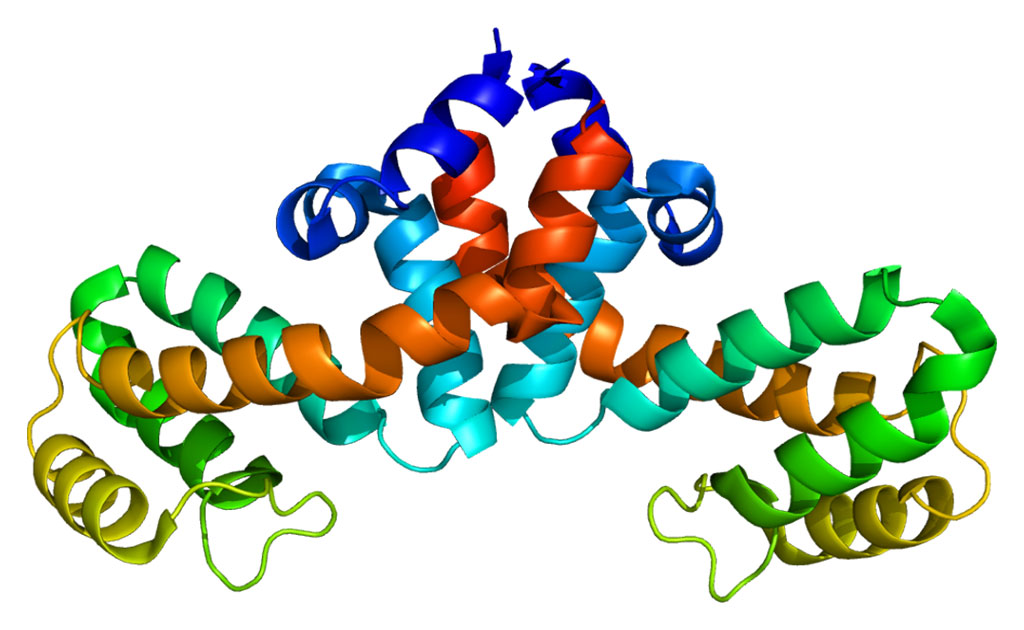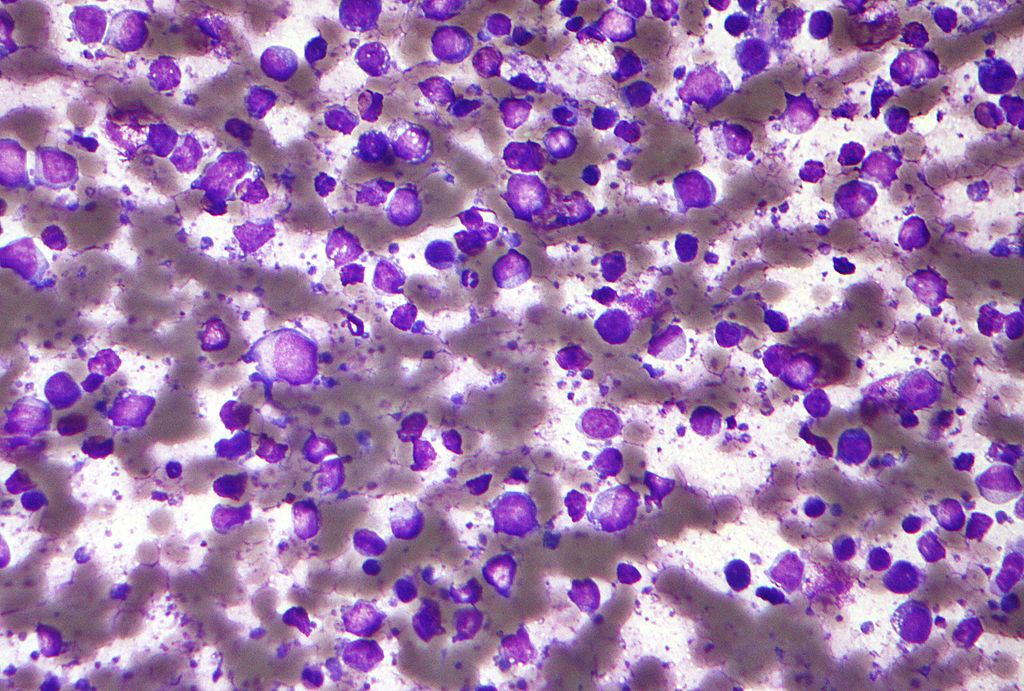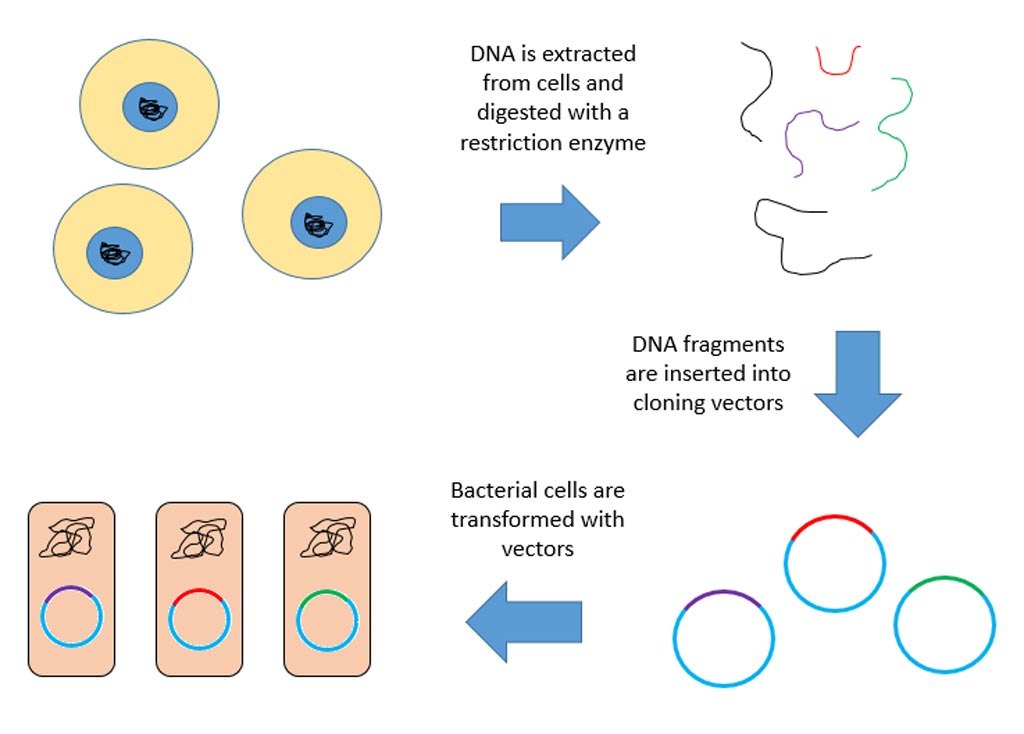Benefits of Fragment Screening for Drug Discovery Demonstrated
By LabMedica International staff writers
Posted on 21 Dec 2011
A consortium of Swedish companies and research institutes have joined forces to validate the efficacy of the plasmon resonance and nuclear magnetic resonance (NRM) techniques as tools for use in fragment screening assays for drug discovery.Posted on 21 Dec 2011
Fragment screening differs from the better-known high throughput screening method by employing compounds that are smaller, have less functionality, and are correspondingly weaker binders. The number of compounds screened is usually much smaller (typically less than 1,000), since low complexity compounds have a higher probability of matching a target protein binding site. Starting the chemical optimization stage with a highly soluble, low-molecular mass fragment is likely to produce lead compounds with advantageous physicochemical properties.
Investigators at iNovacia AB (a wholly owned subsidiary of Kancera AB (Stockholm, Sweden), GE Healthcare (Uppsala, Sweden), and the Karolinska Institutet (Stockholm, Sweden) used the putative drug target PARP15 as target protein for their proof-of-principle study.
The PARP15 protein, which was produced at the Karolinska Institutet, is involved in processes such as transcription control and DNA repair. Inhibition of PARP activity is a promising strategy for cancer therapy and several PARP inhibitors are in clinical trials for the treatment of cancer.
In the current study, approximately 1,000 compounds taken from the iNovacia fragment collection of low molecular weight chemical scaffolds were screened against PARP15 by surface plasmon resonance at GE Healthcare and 14 out 15 fragment binders were confirmed by nuclear magnetic resonance (NMR) methods at iNovacia.
Thomas Olin, CEO of iNovacia and Kancera, said, “The collaboration with GE Healthcare and the Karolinska Institutet has been highly productive, so far resulting in a technical cross-validation valuable both for GE Healthcare and iNovacia. In addition, the high quality of iNovacia´s fragment collection has yet again been confirmed.”
Related Links:
Kancera AB
GE Healthcare
Karolinska Institutet













